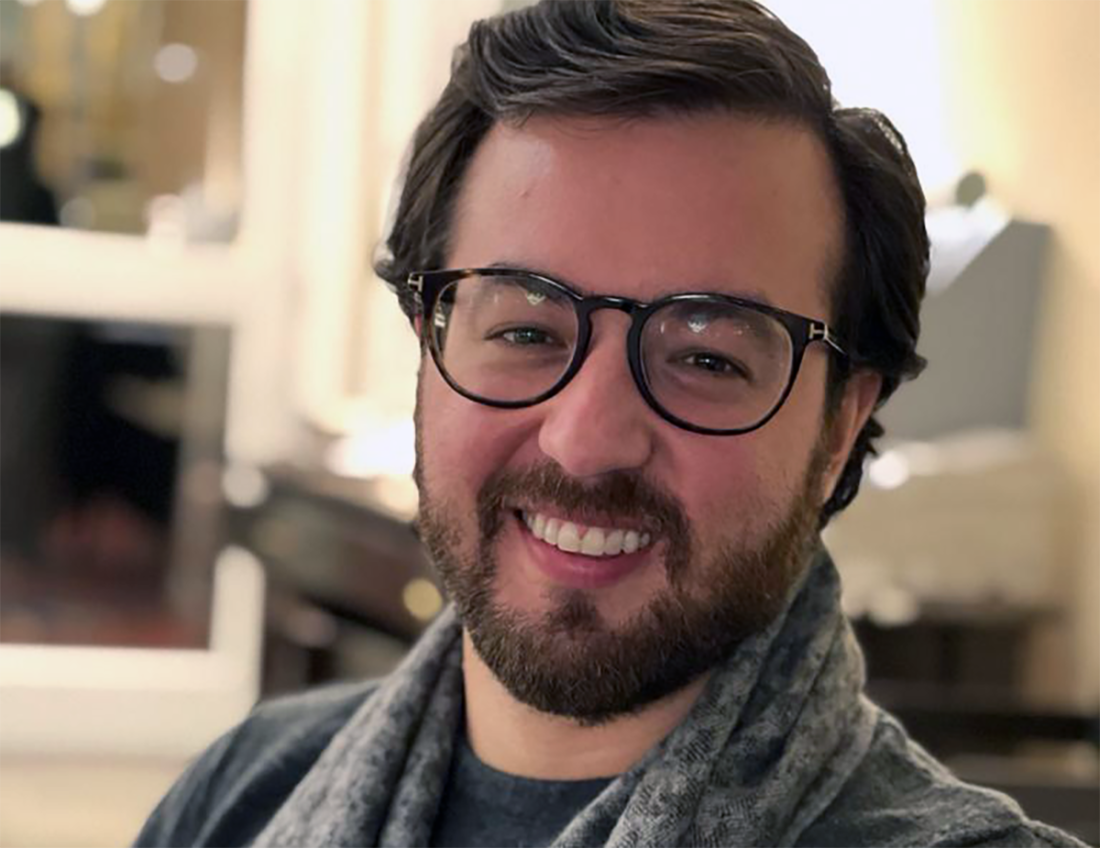Combination Degree Student Profile: Mauricio Mathey Garcia-Rada

MSDS/MBA Combination Degree Student
Education
M.S. in Data Science 2024, University of Virginia
M.B.A. 2024, University of Virginia
B.S. in Industrial Engineering, Universidad de Lima
Most Recent Employer
EY-Pathenon, Senior Associate (Lima, Peru)
Q: Tell us about your path to data science.
During one of my internships in college, I worked at a consulting firm and for one of the projects performed a market segmentation using factor analysis. When I saw the results of this analysis, it looked like magic. Trying to understand how that worked motivated me to take an elective about predictive analytics. After taking that course, I started to notice how helpful statistics was in business and completely changed the way I approached the cases I was working on as a consultant. After moving to to EY-Parthenon, I started to focus on commercial strategy projects where I was able to leverage a lot of the tools that I learned in that college elective, mainly focusing on customer insights, route to market, and revenue and portfolio optimization. Nonetheless, I started to notice that the questions that I was trying to solve were starting to get more complex and my initial toolkit was not enough. This is when I began taking online courses about data science and started proposing new approaches to solving client’s questions that, without these tools or sources of information, would have been much harder to answer. When I began considering an MBA, it felt natural for me to also consider a Master's in Data Science to continue developing my toolkit.
Q: What do you hope to do with business and data science degrees?
Within strategy consulting, there is a practice area called commercial strategy or marketing and sales (depending on the firm). This is usually a highly quantitative area that uses lots of data and modeling. Typically, the questions that these projects answer are related to channel profitability, customer experience, pricing strategy, revenue optimization, and marketing effectiveness. This is the practice that I’m targeting to get into after finishing both degrees.
Q: What has surprised you about the MSDS program so far?
There are two things. The first one is the caliber of my classmates. Back at work, I was the curious techie that knew how things worked. Here in the M.S. in Data Science program, I had a very steep learning curve with Python and Bash which I think not everyone had experienced before. It was a great opportunity to learn from others. The second thing is the rigorousness of classes. For example, in linear models, it is not just about learning which lines of code to write for running a regression but also about understanding what’s behind the scenes in the regression to better understand in which situations it would work, when not, why, and its limitations.
Q: What advice would you give to someone considering the combination degree program?
I would advise them two things. The first is to talk to current students so you can get more insight into the culture of the program. When I was considering applying to the dual degree, I spoke to multiple students and I really identified with the program's collaborative and supportive culture. My second piece of advice would be to reflect on your motivation to pursue both degrees. They are rigorous programs, and having clarity on why you want both degrees will help you enjoy the journey, even while having a higher workload.
Q: What are some fun facts about yourself?
- Back in college, I hated my statistics and probability classes but I’m now doing the M.S. in Data Science.
- While I was at school, I played seven musical instruments but ultimately stuck with the flute and Peruvian cajón which I still play.
- I come from a big family. Just on my mom’s side, we are 18 cousins and are all very close.